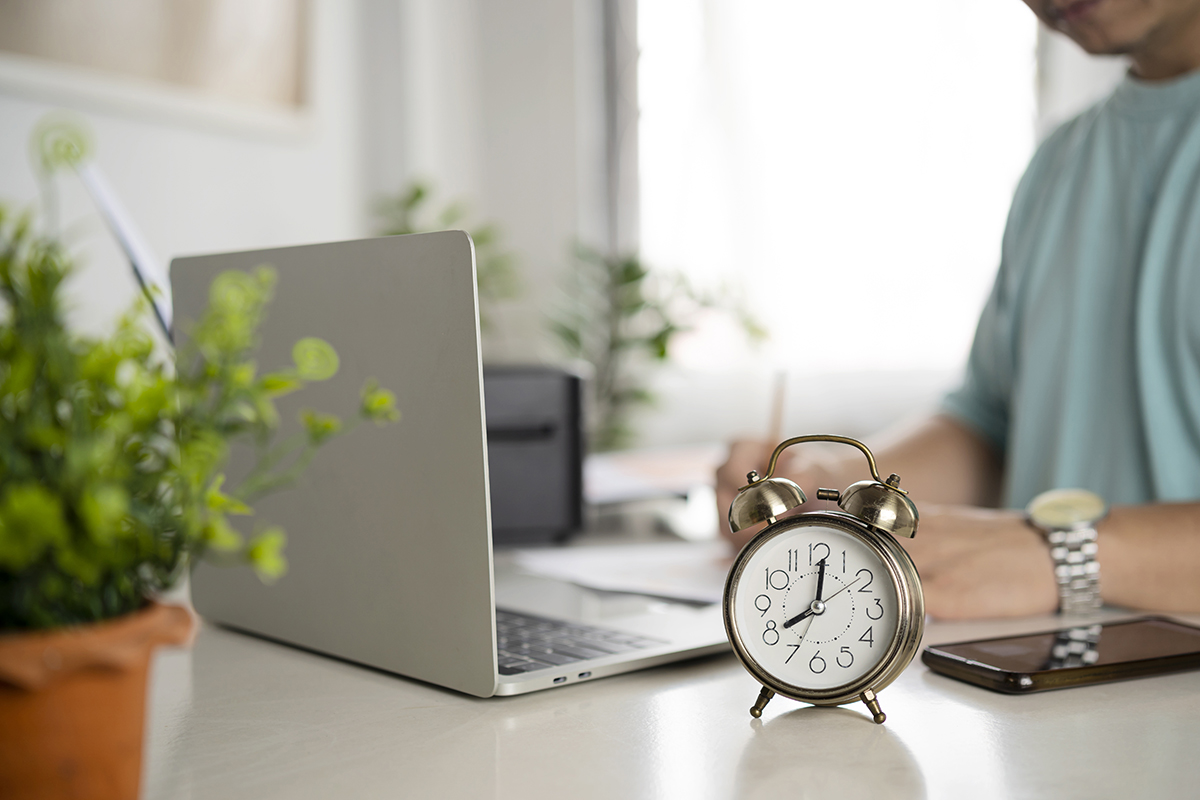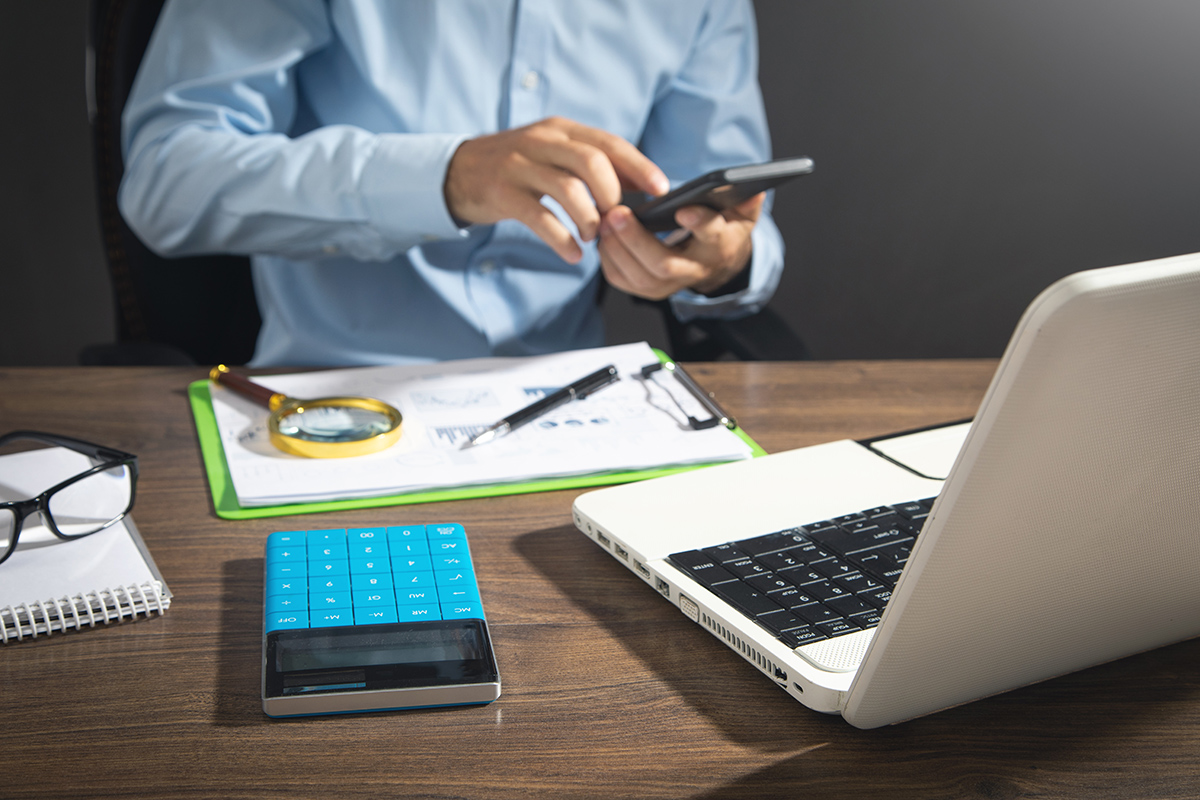Taking a leave of absence (time off) from work without formally communicating with management or supervisors is unprofessional. Most employees will be expected by their employers to request time off in writing. A leave application helps employees to do this precisely. This becomes important in planning, as an employee’s duties and responsibilities are redirected to other capable employees during the employee’s leave.
In most workplaces, it is a due diligence document, and its purpose will typically be stated in the company policies. It allows you to be absent from work temporarily and still retain your job. This article explains the essential steps to writing a good application letter.
A leave application is an official document written by employees to inform management of their intention to be absent from work.
This application will include the reason(s) for taking the leave, the period you will be absent for, work plans during the leave, and other additional supporting documents (optional).
Leave Application Letter Templates
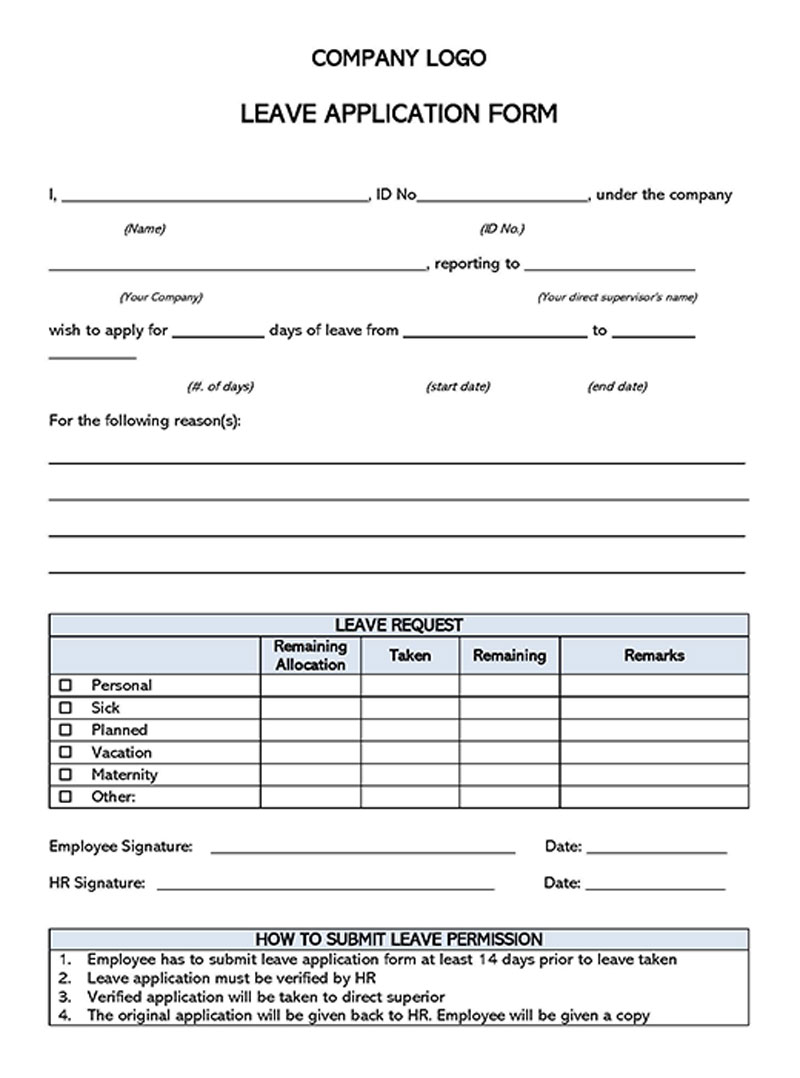
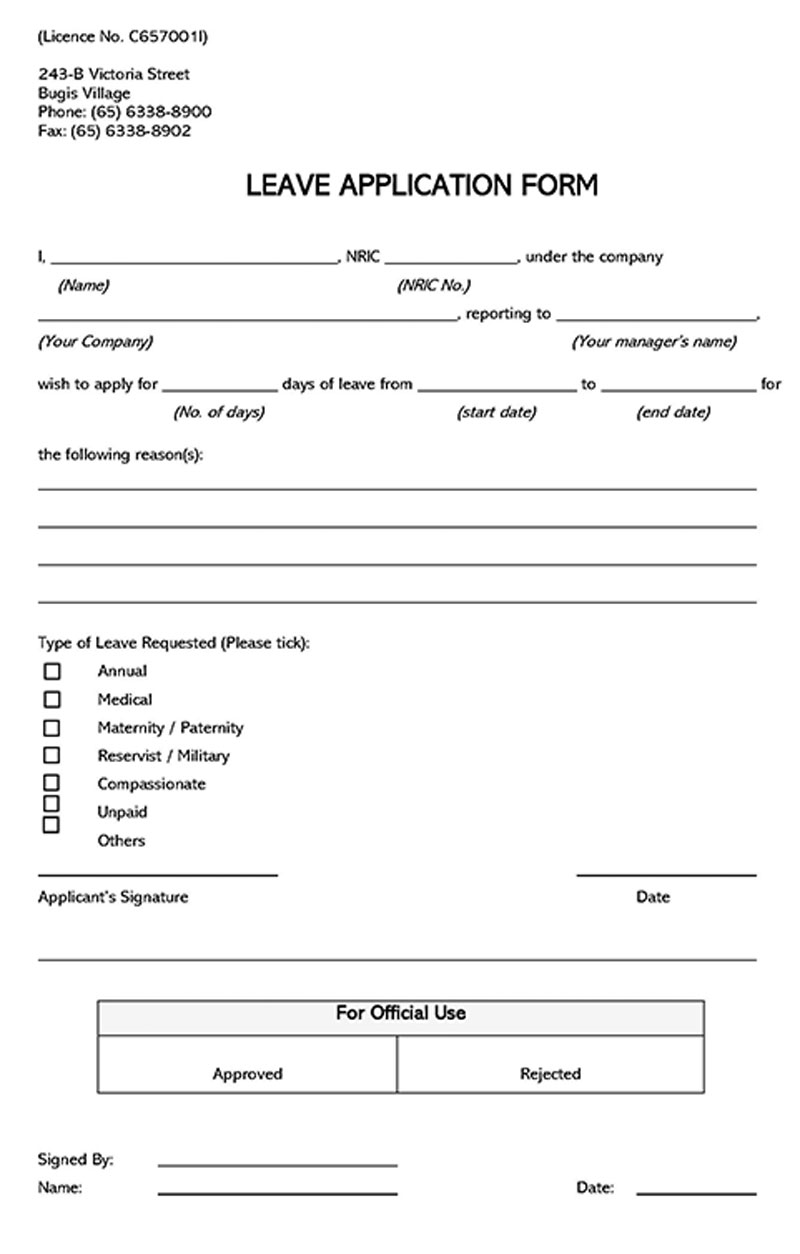

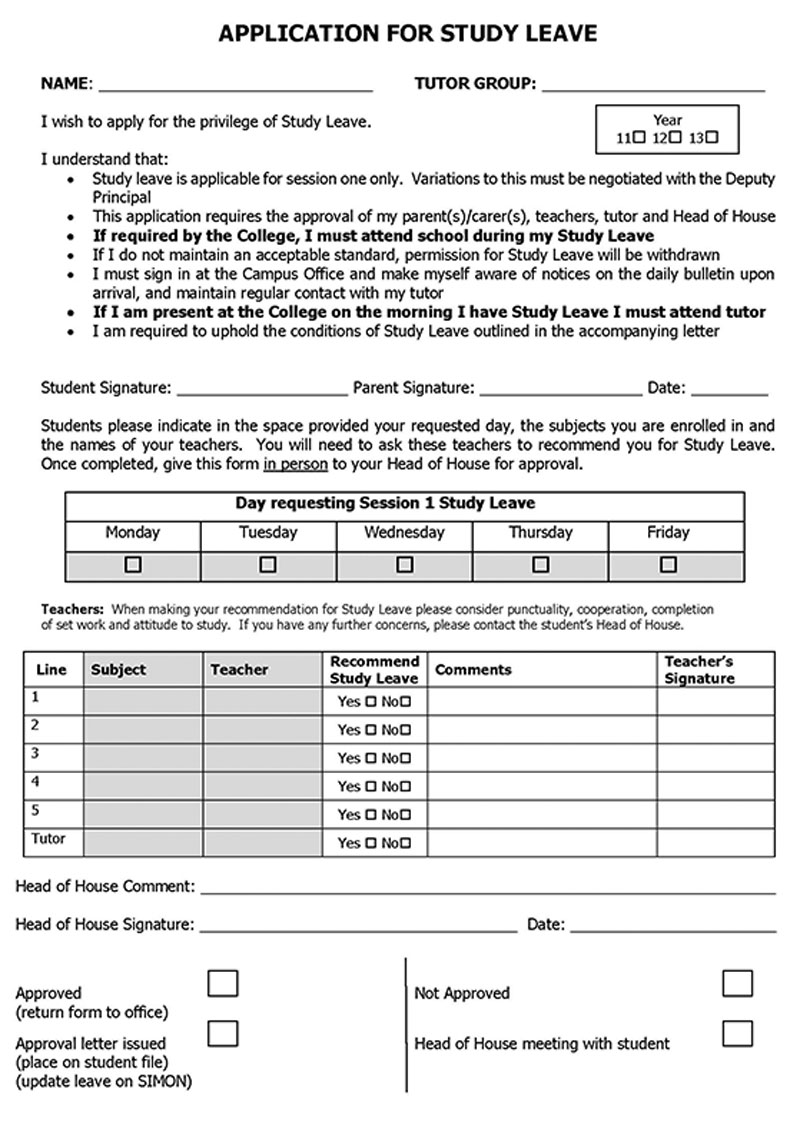
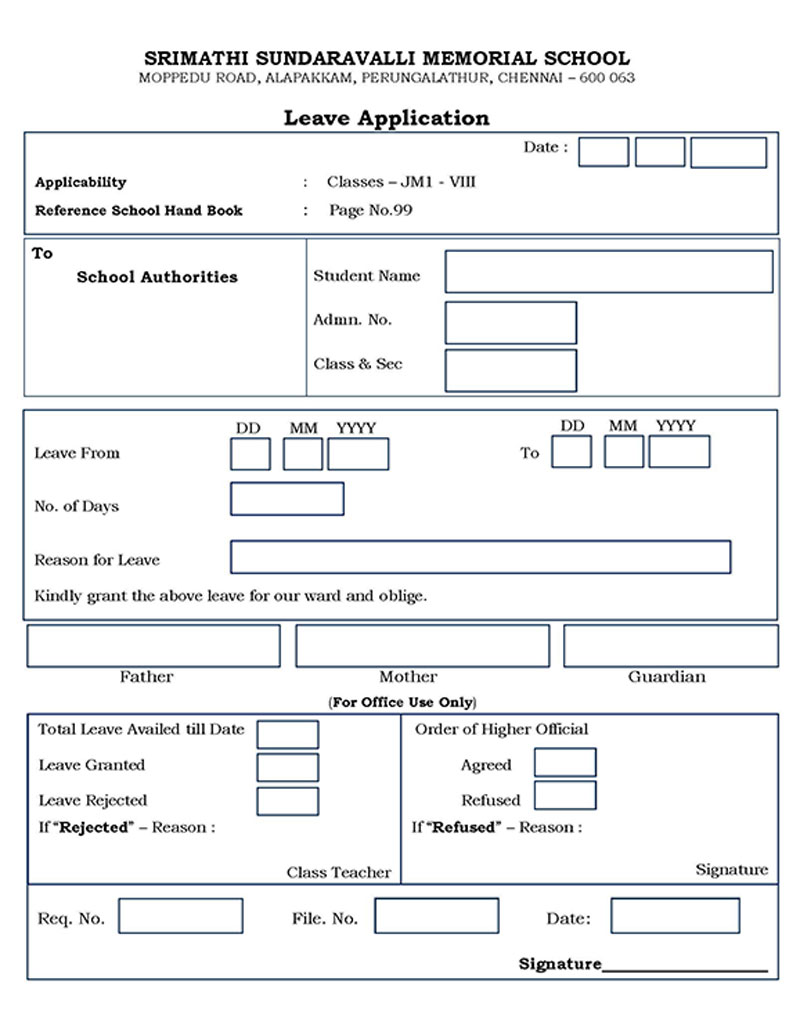

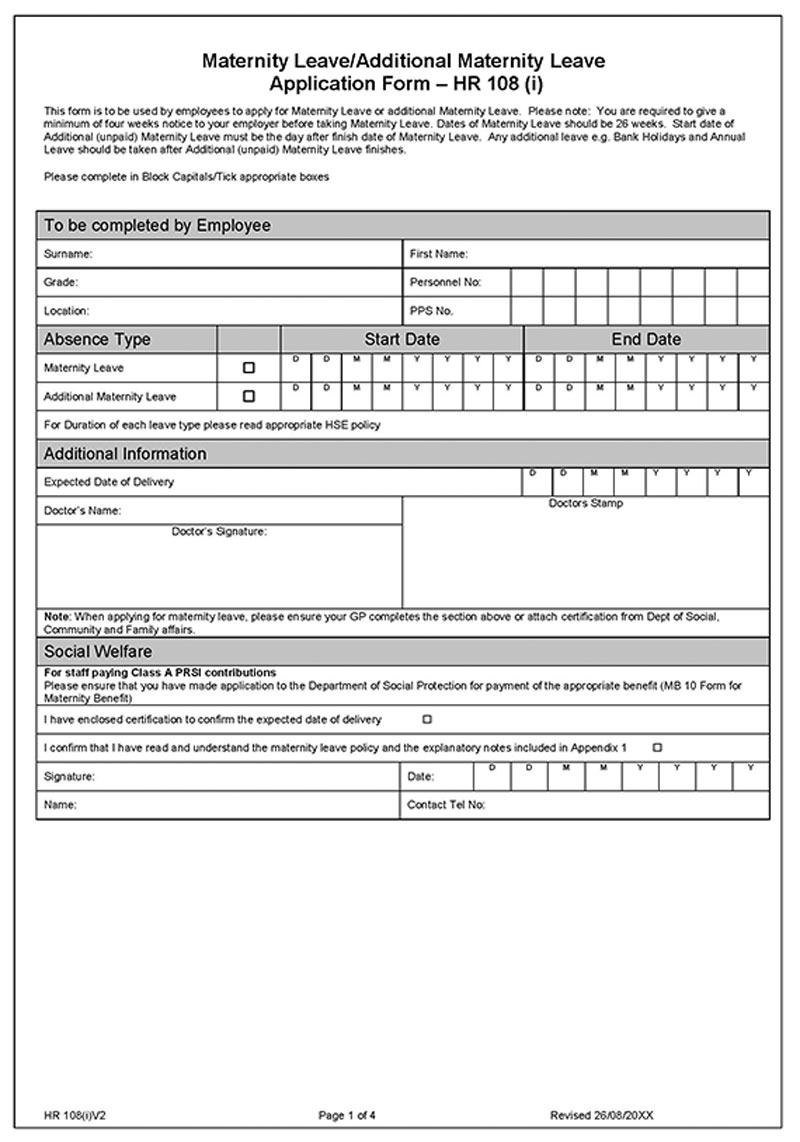

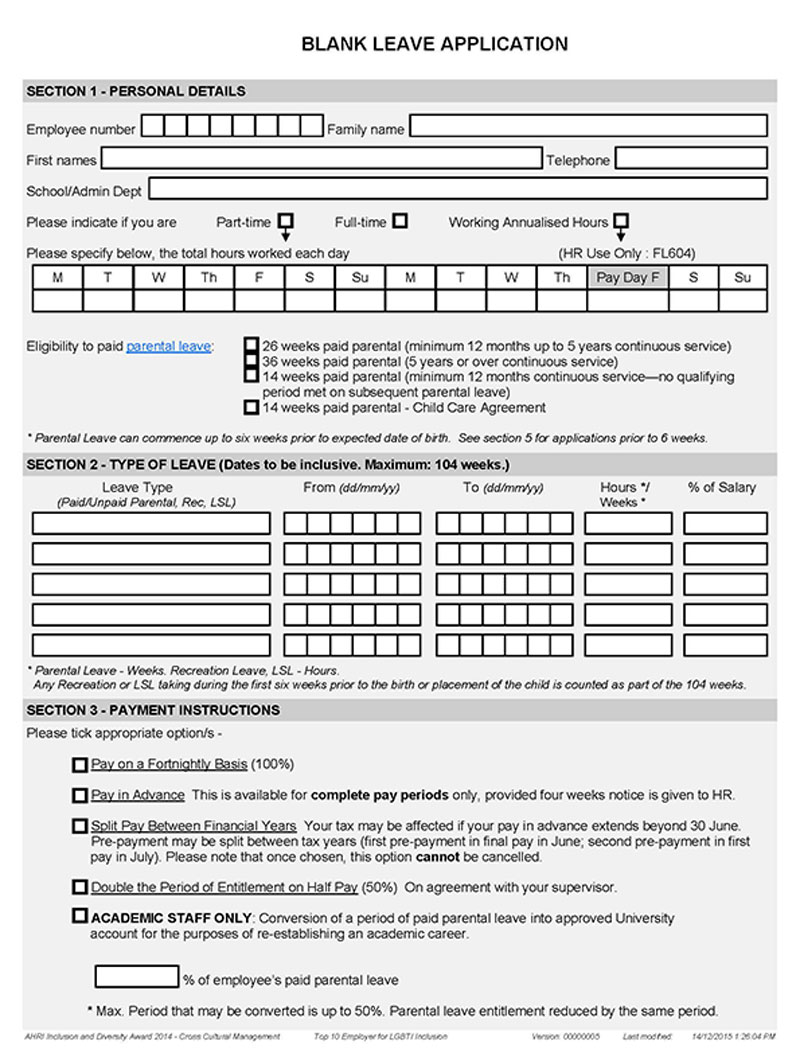

When to Write a Leave Application?
Employees are allowed to take leave from work for various reasons. This can include personal emergencies or any other situation in which being absent from work becomes a necessity rather than a luxury.
Below are reasons for which employees can request temporary absence from work:
- Parental leave: Parental leave comprises maternal and paternal leave. Maternal leave applications are written by expectant mothers close to their delivery date. On the other hand, paternity leaves are for soon-to-be fathers to take leave from work to care for the newborn.
- Health-related emergencies: Employees can take leave due to medical issues such as injuries sustained during working hours, pre-existing conditions, or other illnesses. In these scenarios, employees apply for sick leave or medical leave.
- Annual leave: Annual leave refers to the number of paid days that an employee is permitted to take off from work each year. Employees may use this leave to go on vacation.
- Family emergency: Applications for leave can also be submitted in cases of family emergencies, such as taking time off work to care for a sick child or spouse.
- Bereavement leave: Employees are allowed to take time off work to cope with losing a loved one, such as a family member or a close friend. Bereavement leave is used to attend the burial and be with family for a few days.
- Personal events: Leave requests can also be made in light of personal commitments such as marriage, divorce cases, time off to attend a child’s graduation, etc.
- Half-day or one-day leave: Employees can also request to take half a day or one day off leave for distinct reasons such as unwinding or taking rest.
How Do You Format Your Application?
The applications can be letters or emails. The format to be used will often depend on the policies and procedures at the workplace. The specific formatting instructions for formatting it as an email or letter are provided below:
Letter format
The format of the letter will usually be a physical leave application filled out and shared with the HR department or your supervisor. This is one of the more professional ways to ask for leave.
Email format
The most popular format for requesting leave is via email because it is simple to make and convenient. The email should have an appropriate subject line, official salutation, body (detailing the purpose of the email, date of leave, expected return date, and contact information), thank you note, complimentary closing, employee name, and the job title (optional).
Groundwork to Do
Before writing the application, there are several things to consider. Remember, it is a formal document that will most likely go into company records and must therefore be written as an official document.
Consider the following before writing the application:
Review leave policies
Always review leave policies in the employee handbook or company constitution. Find out what documents must be submitted with the application and the procedure for the request (email or letter). Other things to consider are guidelines regarding paid and unpaid leave. It is necessary to have this knowledge in order to conform the application to the regulations, which will vary between workplaces.
Know your rights
Employees are awarded certain rights under state and federal laws like the Family and Medical Leave Act (FMLA). These laws guarantee that workers are shielded from exploitation and receive annual leave. For example, the FMLA allows employees to take unpaid time off to deal with family and medical emergencies stated in the Act, such as the birth of a child. A fifty-employee workforce or more is also entitled to twelve weeks of unpaid leave per calendar year under the FMLA.
How to Write a Leave Application?
The application should describe the employee’s situation and pertinent details about the leave. In addition, the request must be convincing and justified since the application often requires approval from the manager, supervisor, or HR officer.
Below is a step-by-step guide for incorporating the essential elements:
Header
The first essential component is the letter’s header, which mentions key introductory details such as to whom the letter is addressed and their designation in the company. The following information is included in the header:
- Date: The application must be dated. The exact date should indicate the day, month, and year when the letter was written. Dates are important for record-keeping purposes.
- Name, address, and title: The letter’s recipient should be identified by stating their name, address, and designation. The recipient can be your supervisor, manager, HR, or any other or multiple recipients.
- The subject of an application: You must indicate the application letter’s title. The subject should clearly show the letter’s purpose and can be written to indicate the type of leave you are applying for.
- Professional salutation: Then, provide a formal salutation. There are different ways to formally greet the recipient, such as “Dear Mr/Mrs/Ms [recipient’s name]” or “Mr/Ms/Mrs [recipient’s name].”
Introduction
The next item on the application is an introductory paragraph that gives the reader a summary of the employee’s request. As a formal document, the application should be straightforward. You must state the type of leave you are applying for and a brief justification.
Body
Once the introduction is complete, proceed to the body of the letter and provide further clarification and insight into your application. Mention the following details:
- Include the leave dates: Mention the number of days required. Indicate when the leave will begin and when you expect to be back in the office. The maximum allowable leave duration will often depend on the type of leave and the circumstances – for example, maternity leave is longer than sick leave.
- Describe the steps you’ll take to prepare for the leave: It is advisable to have a plan of how your duties and responsibilities will be handled when you are away from work. For example, employees can appoint a temporary replacement to undertake their roles, carry out extensive work before starting their leave, prepare a document outlining their work schedule and things that require to be completed, or indicate that they will be available to deal with emergencies.
- Provide supporting documents: You should also attach supporting documents to the application. Examples of such documents include doctor’s notes, FMLA forms, obituaries, etc.
- Thank them for considering your leave: Next, include expressing gratitude to the recipient for considering your application. Your request is much more likely to be accepted if you are polite.
Conclusion
After the body of the letter, a comprehensive conclusion can be provided. A typical conclusion will include the following information:
- Signoff: When signing off, provide a formal complimentary close such as “Yours Sincerely” followed by a signature. Note that the applications written in letter format must be signed.
- Your name, designation, and contact information: After the signature, indicate your name, job title, and contact information that can be used in emergencies.
Tips for Writing
To write a practical leave application, employees can consider several things during the writing process. They include:
Address the appropriate person
In every workplace, everybody has specific responsibilities. The review and approval of leave requests will also be somebody’s duties in your workplace. Before writing to anybody, find out who is in charge of receiving applications and/or letters and ensure you address them correctly.
Give as much notice as possible
Always plan to inform management of your absence from work earlier than the actual leave date. This gives you ample time to plan for your time off and helps management and colleagues prepare too. This is helpful if your boss has specific conditions they want you to meet before your leave starts.
Be brief and genuine
Keep the application letter brief, not longer than one page. Provide the reasons for the leave, associated dates, and a work plan in place in direct but conclusive two to three paragraphs. Also, be genuine. Ensure that you are eligible for the leave and avoid giving false information to get your leave approved.
Conclusion
Leave applications are a formal means of communication between employees and their employers. They are typically required to notify their supervisor, manager, or management of their intent to be absent from work for a given period. This prevents workplace misunderstandings and allows for the implementation of appropriate plans to deal with absent employees.
As much as writing the application can be governed by company policies, it is also a way to demonstrate an employee’s professionalism. Employees may use it for any leave requirement that is permissible under company policies and federal and state labor laws. Ordinarily, this application should state the reason for the leave, leave duration, start and end dates, work plan, the delegation of duties in their absence, and signatures. You can use one of the templates provided on this website to avoid having to write the application yourself.


